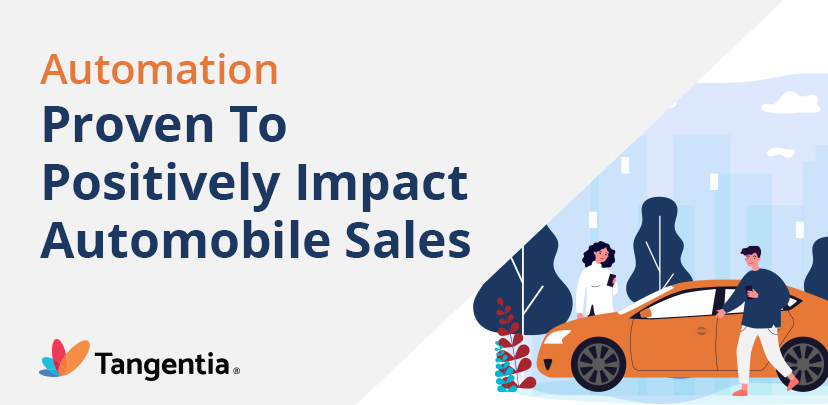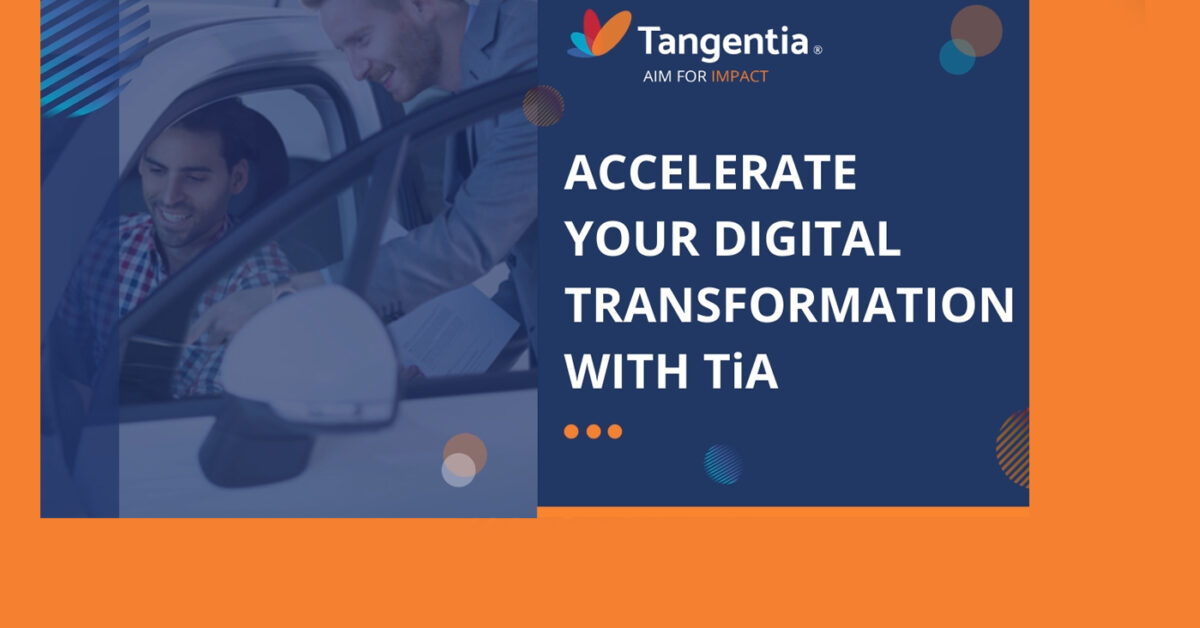Robotic Process Automation (RPA) is arguably one of the most transformative technologies in the business world. It can be used to streamline a business across the board, from network security to payroll and order fulfillment. For anyone who’s been paying attention, the benefits are as clear as day.
You already know this, of course. That’s why you’re here. You don’t need us to convince you about the value of RPA — you need to convince the decision-makers in your business.
Fortunately, that won’t be difficult to do. As you’ll soon see, the numbers speak for themselves. First thing’s first, however, you’re going to need a plan.
It All Starts With Your Roadmap
In order to properly conceptualize and explain the specific ways that RPA can benefit your business, it’s imperative that you first know exactly how it will be used within your organization.
For instance, will you apply it to your reporting, eliminating hours of data entry? Will you use it to process invoices for your customers, enabling faster fulfillment times and eliminating potential invoicing errors? Or will you use RPA to streamline your onboarding process so that new employees can get to work that much faster?
The possibilities are, as they say, limitless.
You likely started exploring RPA with a specific problem or set of processes in mind. That’s good. Zero in on that for now, and answer the following questions:
- What specific challenge or problem am I looking to address with RPA? This is your starting point. Your mission statement.
- Who will use the deployment? Will RPA be leveraged by multiple departments, or is it exclusively for one segment of the organization?
- What is the projected timeframe of this deployment? You’ll want concrete dates planned out for your proof of concept/pilot deployment and each phase thereafter.
- How will this project be integrated? What software needs to be tied to the bots once they’re deployed? Are there any potential implementation challenges?
- What governance models will we use? Depending on your project’s level of complexity, you’ll want to chart out one or even several RPA governance models, each of which hits the following beats:
- Clearly established roles and responsibilities, including leadership, support, administrative, etc.
- An accountability framework to help ensure everyone stays on task.
- An approvals process for proposing and deploying new RPA bots.
- Security & compliance standards, processes, and protocols.
- Best practices for managing and configuring software and (if relevant) hardware architecture.
- Best practices for cost management.
- A framework for the timely development and deployment of each bot.
- A process for change management — RPA is a highly dynamic technology, and your needs are likely to shift or scale over time.
- What tangible examples currently exist for my projected use case? You’ll want to find as many concrete examples as possible. Not only will this allow you to make a stronger case for deployment — demonstrating that yes, this does work — it will also allow you to extrapolate your potential return on investment. To find these examples, you can look in a few places.
- Case studies published by RPA service providers. The more similarities between your business and the client organization, the better.
- Press releases detailing RPA deployments.
- Statistics and research briefs released by analysts (ie. Gartner).
- What is the total cost of ownership associated with this project? Structure the breakdown of costs so that it aligns with your proposed deployment schedule.
- What is the end goal of this deployment? For example, increasing productivity by 10% or reducing order fulfillment times by 20%. Make sure you set realistic expectations here, lest your project loses the approval of the higher-ups.
Costs, Benefits, and Potential
Armed with the research you did in the previous step, it’s time to crunch some numbers. First, you want to do a cost-benefit analysis of your project. You want to be as comprehensive as possible here, quantifying every single potential expense and gain.
You’ll also want to calculate your return on investment. What, at the end of the day, does your business ultimately gain from this deployment? What tangible value will this project generate for the business?
Finally, take a brief moment to brainstorm what other areas of your organization might benefit from RPA. In a pinch, having this information on hand could help seal the deal and bring someone who’s still on the fence over to your side. Don’t just focus on broad departments, drill down to specific processes.
Your CBA and ROI are the two figures that really matter here.
The Pitch
Now that you’ve done your research and crunched some numbers, it’s time to think about how you’re going to make your case. Start with the challenge; your reason for proposing the deployment.
Focus on what the issue is costing your business — on what you lose if you leave the problem unaddressed. Again, concrete numbers are your friend here. You want to provide them with specifics.
How many hours of productivity do they lose? How much money is this problem costing them? How many more clients could they serve if they deployed RPA?
From there, you’ll want to explain in layman’s terms precisely how a well-executed RPA strategy can address this problem. Don’t bother going into detail about the features or functions of RPA. Focus on the results.
With any luck, you’ll have made a strong enough case to move forward with your deployment.
Closing Thoughts
So, in summary, to make your case in favor of RPA, you need:
- A strong foundation. What specific outcomes do you desire from this project?
- A comprehensive roadmap, which includes integration plans and target deployment dates.
- Strong evidence in favor of RPA’s beneficial impact in your industry.
- A full analysis of how RPA can benefit your business, detailing which specific processes it might be applied to.
- CBA and ROI data.
- A well-articulated pitch script.
We won’t lie and say it will be easy. But the end result is worth it. And if, after reading this piece, you still aren’t sure where to start or where to go, Tangentia can help.
We have nearly two decades of experience in the automation space and have worked with multiple customers and systems worldwide. We’re also partnered with multiple RPA vendors, meaning that no matter your use case or business model, we have the expertise and the connections you need.
Book a discovery call today, and we’ll help you make your case.
UiPath vs. Automation Anywhere: Which is the Best RPA Solution for You?
Where Robotic Process Automation is concerned, UiPath and Automation Anywhere are arguably the two reigning titans. Each one has its own unique approach to the industry, and each one is suited for a specific type of use case — and as specific set of industries.
Download Ebook






















